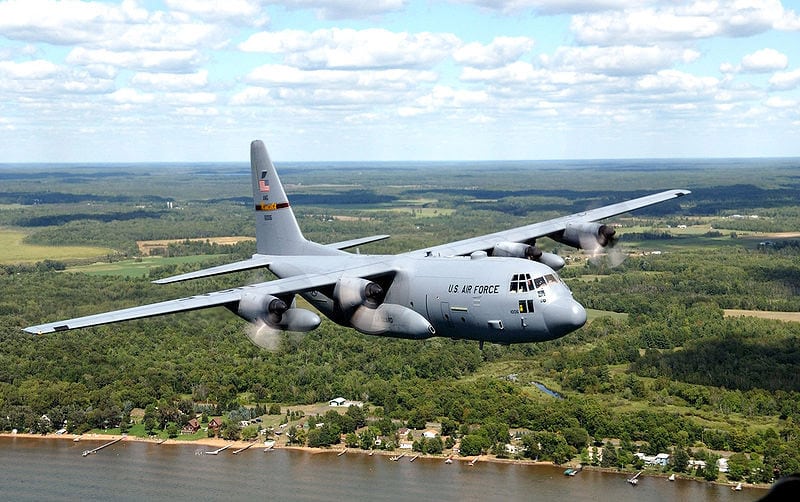 |
| C-130 aircraft. Photo: U.S. Air Force/ Tech Sgt. Erik Gudmundson |
[Avionics Today 10-21-2015] Georgia Tech Research Institute has selected Green Hills Software’s multicore operating system to modernize the U.S. National Guard’s Tactical Airlift Mission Software Suite (TAMSS).
The new software environment will be based on Green Hills Software’s Integrity-178 Time-Variant Unified Multi Processing (tuMP) operating system for Intel architectures. Using the operating system, the Georgia Tech Research Institute will transform the existing airborne C-130 computer system, based on an Intel i7 multicore processor, from a single-use model to a multi-use platform capable of hosting diverse applications and provide for future growth.
“The TAMSS software modernization requires the ability to host a diversity of new and legacy applications written in multiple languages, provide open interfaces, meet hard real-time deadlines, enforce time and space separation, fully exploit a multicore architecture, and have the ability to reduce cost and schedule risk by hosting guest operating systems and their legacy applications in virtual memory. Using Integrity-178 tuMP we are able to integrate applications that require Windows and Linux into user-defined affinity groups and partitions, thus enabling seamless reuse of Ada/C/C++ and Java applications, while simultaneously having the ability to host critical applications using its native [Real-Time Operating System] RTOS interfaces into other affinity groups and partitions,” said Brian Rianhard, associate division chief at Georgia Tech Research Institute.
The operating system offers complete support for the ARINC-653 Part 1 standard as well as Part 2 optional features such as sampling port data structures, sampling port extensions, memory blocks, multiple module schedules and file system. Integrity-178 tuMP also aligns with the Future Airborne Capability Environment (FACE) 2.1 safety base and security profiles.